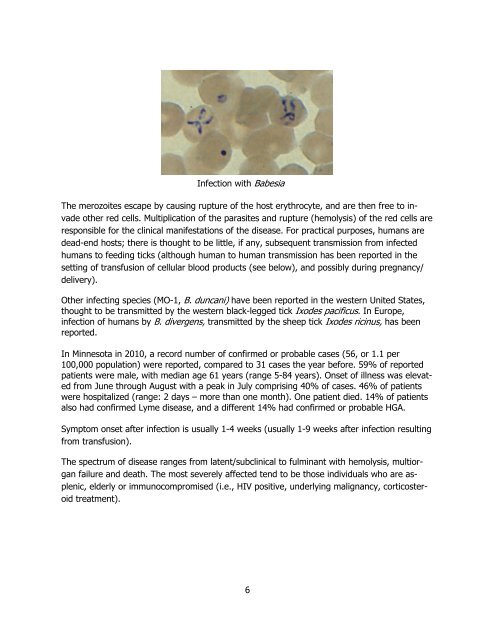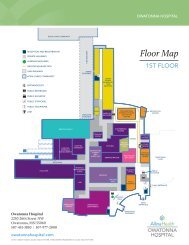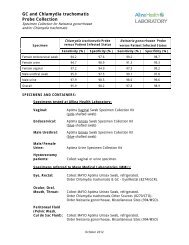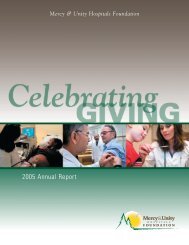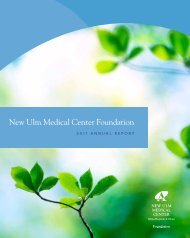Human (Granulocytic) Anaplasmosis (HGA ... - Allina Health
Human (Granulocytic) Anaplasmosis (HGA ... - Allina Health
Human (Granulocytic) Anaplasmosis (HGA ... - Allina Health
Create successful ePaper yourself
Turn your PDF publications into a flip-book with our unique Google optimized e-Paper software.
Infection with Babesia<br />
The merozoites escape by causing rupture of the host erythrocyte, and are then free to invade<br />
other red cells. Multiplication of the parasites and rupture (hemolysis) of the red cells are<br />
responsible for the clinical manifestations of the disease. For practical purposes, humans are<br />
dead-end hosts; there is thought to be little, if any, subsequent transmission from infected<br />
humans to feeding ticks (although human to human transmission has been reported in the<br />
setting of transfusion of cellular blood products (see below), and possibly during pregnancy/<br />
delivery).<br />
Other infecting species (MO-1, B. duncani) have been reported in the western United States,<br />
thought to be transmitted by the western black-legged tick Ixodes pacificus. In Europe,<br />
infection of humans by B. divergens, transmitted by the sheep tick Ixodes ricinus, has been<br />
reported.<br />
In Minnesota in 2010, a record number of confirmed or probable cases (56, or 1.1 per<br />
100,000 population) were reported, compared to 31 cases the year before. 59% of reported<br />
patients were male, with median age 61 years (range 5-84 years). Onset of illness was elevated<br />
from June through August with a peak in July comprising 40% of cases. 46% of patients<br />
were hospitalized (range: 2 days – more than one month). One patient died. 14% of patients<br />
also had confirmed Lyme disease, and a different 14% had confirmed or probable <strong>HGA</strong>.<br />
Symptom onset after infection is usually 1-4 weeks (usually 1-9 weeks after infection resulting<br />
from transfusion).<br />
The spectrum of disease ranges from latent/subclinical to fulminant with hemolysis, multiorgan<br />
failure and death. The most severely affected tend to be those individuals who are asplenic,<br />
elderly or immunocompromised (i.e., HIV positive, underlying malignancy, corticosteroid<br />
treatment).<br />
6


